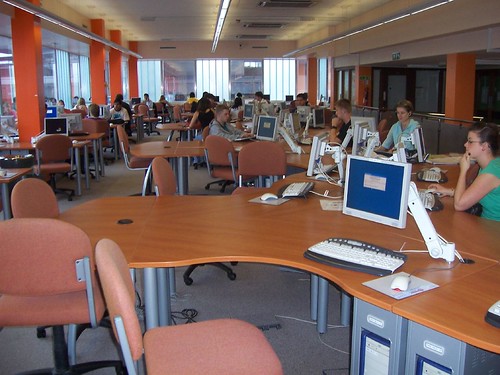
Photo: Ianz
The issues
The problems tend to be:
Tinny, useless, things that really don't work or mysterious things that sound "wrong" when they're in your sound system
This is a result of not matching patches to signals. Sounds send power signals through amps at different levels, and that can create loop issues in a mix. The things that don't work don't send the right signals for your system. They lose power, and if they sound great on the systems of the people who made them, your sound system isn't picking them up.
For loops, that's potential murder. It can be more trouble than it's worth to create a good loop and then have it buried. The loop track has to struggle through the signals. If you've heard mixes where things seem to have been shoved into the background, and those are loops you're listening to, that's how that happens, particularly in woofer-heavy mixes.
The solutions
Top and bottom are naturally separated in good mixes, and you'll hear a lot of stuff online and elsewhere where they've obviously been recorded and mixed separately to avoid this result. That's basically what you need to do. There are several options:
1. Focus on creating strong loops from scratch: Use your own sound mixing software on your own sound system. (Note: Musical key detection using the mixer isn't a gimmick. It drastically improves sound quality and signal quality and really will solve problems.) These things are bulletproof, and they can stand on their own two feet. They only use one or two tracks, so you can run them through your sound systems easily.
2. Dedicated mixing routines- This is fussy work, but if you're prepared to do it, it'll work well. Separate the outputs from your treble mix materials and your woofers. Synchronize your outputs through the mixer, and the loops will be fine.
3. Check your inputs systematically: If you've got sound bugs, one or more of the inputs is the problem. Go through each one, starting with the woofers, and adjust. Use your controls to get the signals properly mixed, setting up a trustworthy balance.
4. Rehearse your mixes: Never mind "All right on the night", you need to sizzle, sparkle and shine, and dud loops caused by mixing won't do that. Find the patches that are causing the problems before they find you explaining things to pubs or other gigs.




